Afghan Hash: Landrace Strains, Traditional Methods, and Cultural Heritage
Afghanistan is synonymous with some of the world’s finest hashish, a product deeply rooted in the country’s culture and history. The unique landrace strains grown in this region, the traditional methods of hash production, and the cultural significance of cannabis make Afghan hash a topic of fascination for enthusiasts and growers alike. Whether you’re curious about Afghan hash strains, the process of making Afghan hash, or the origins of Afghan or Afghani hash oil, this article will guide you through the rich heritage of Afghan cannabis. For those interested in Afghan hash plant seeds, it’s important to understand that these seeds are not the same as modern hybrids. They are part of a centuries-old tradition, passed down through generations and deeply tied to the regions where they are grown. This article will also explore why “Afghanistan, Fortress of Cannabis” is an essential resource for anyone looking to understand or cultivate these remarkable plants.
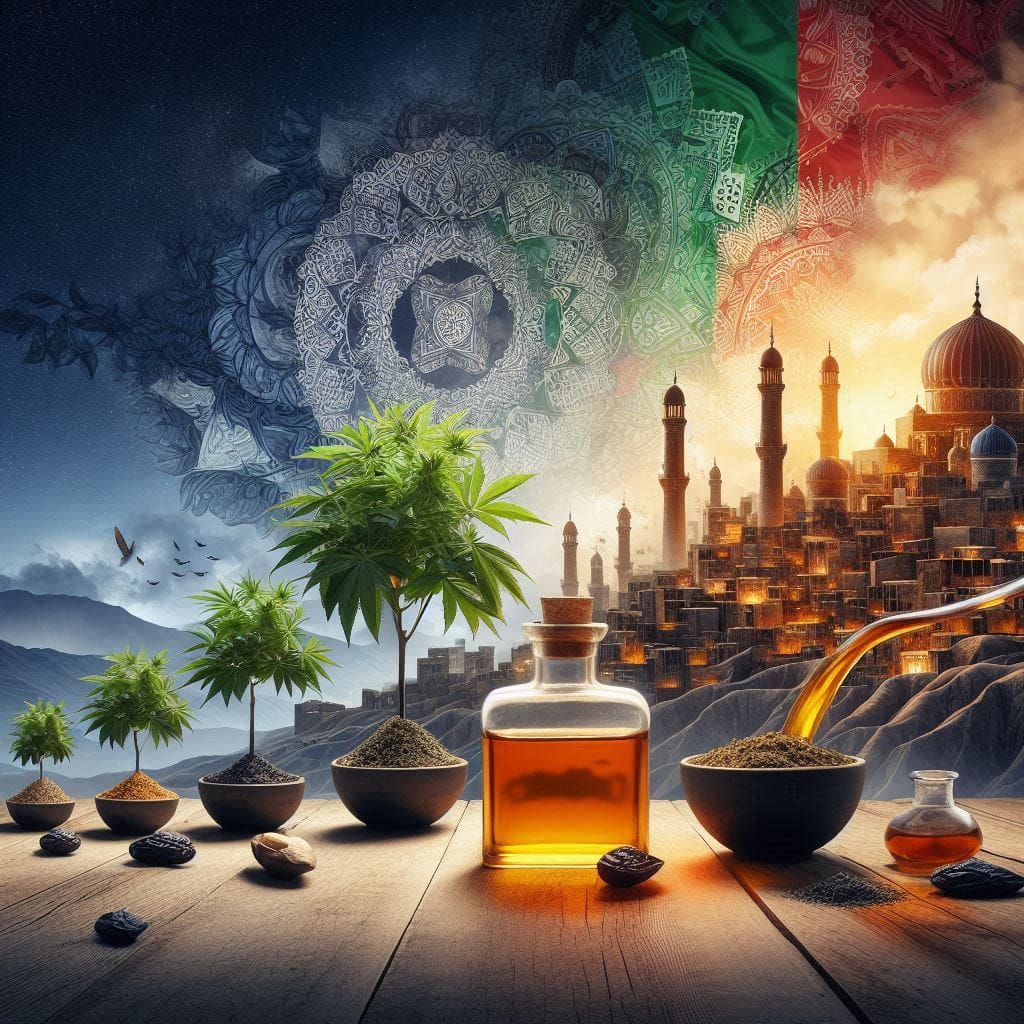
Afghan Hash Strains: The Legacy of Landrace Varieties
When people refer to Afghan hash strains, they’re often talking about the pure landrace varieties native to Afghanistan. Unlike modern hybrids, these strains have been domesticated over centuries, adapting to the harsh climate and rugged terrain of the region. They are typically named after the areas where they are cultivated, such as Mazar-i-Sharif, Balkh, or Kandahar, reflecting their deep connection to the land.
These landrace strains are prized for their high resin production, making them ideal for creating traditional Afghan hash. In Afghanistan, the cannabis plants are often referred to as “bothe charas” or simply “bang,” with “charas” (pronounced “chars”) being the local term for dry-sieved hash. The same term “charas” is also used in India to refer to another type of hash: the hand-rubbed resin from the Himalaya. If the word “charas” is causing confusion in cannabis popular culture, it is mainly because very few Westerners ventured into Afghanistan since the end of the 1970s. The photo book “Afghanistan, Fortress of Cannabis“ will help you catch up on what the cannabis culture has been missing about Afghanistan all these years.
Afghan Hash: A Tradition of Dry-Sieved Excellence
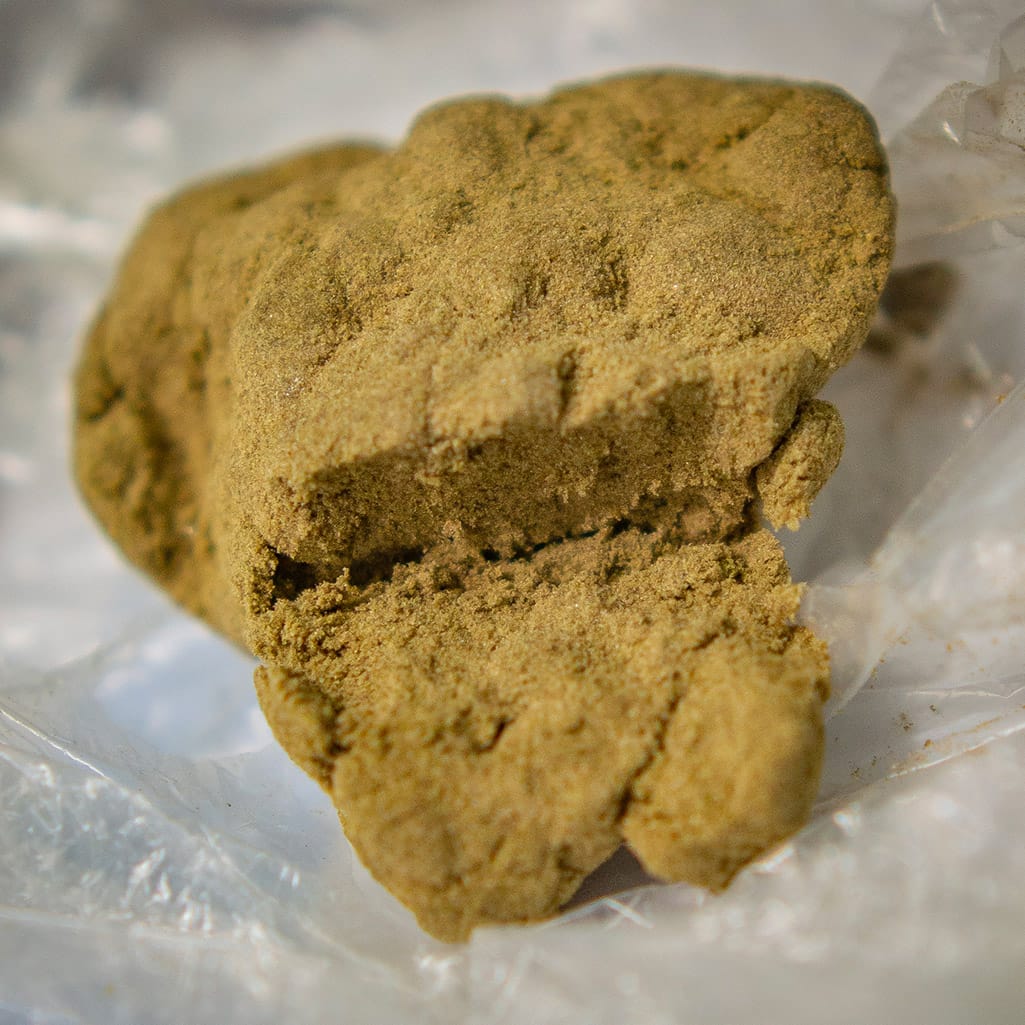
The process of making Afghan hash or “charas” as they say in Afghanistan, is as unique as the strains themselves. Traditional Afghan hash is produced using a dry-sieving method, where dried cannabis plants are sifted through fine screens to collect the resin glands. This technique results in a potent, aromatic product that has been cherished for centuries.
Unlike hand-rubbed charas from the Himalayas, Afghan sieved charas is known for its distinctive texture and flavor profile. The dry-sieving method is a testament to the ingenuity of Afghan farmers, who have perfected this art over generations. For those interested in the history and techniques behind this process, “Afghanistan, Fortress of Cannabis“ offers an in-depth look at the hash-making process that keeps these traditions alive.
Afghan or Afghani Hash Oil: A Modern Twist on a Traditional Product
While Afghan or Afghani hash oil is not a traditional Afghan product, its origins are tied to the country’s cannabis heritage. In the 1960s and 70s, the Brotherhood of Eternal Love, a group of hash smugglers, pioneered butane hash oil (BHO) using Afghan hash. This modern adaptation was created to make the product more compact and potent for smuggling purposes.
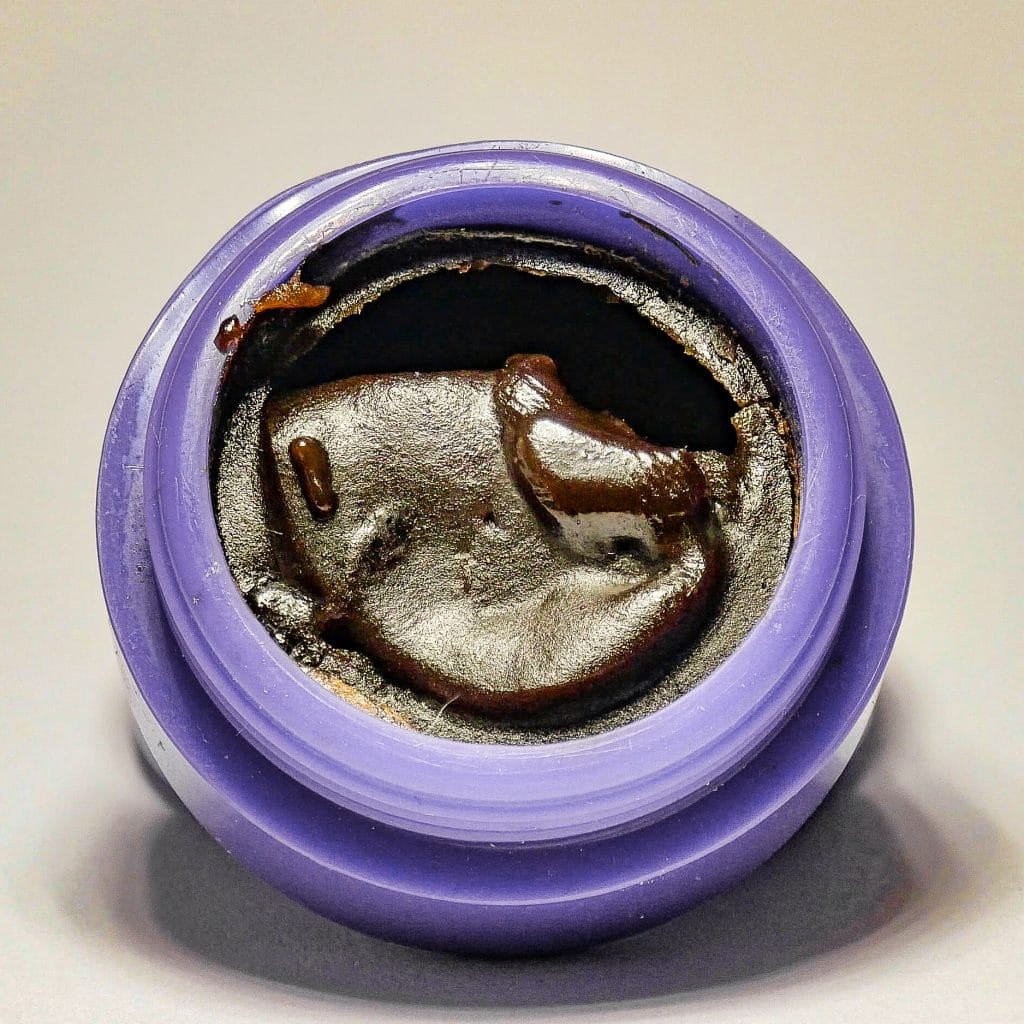
Today, Afghan or Afghani hash oil may refer to various types of cannabis extracts, but it’s important to note that traditional Afghan hash remains the primary cannabis product in the region. The dry-sieved hash produced in Afghanistan is a testament to the enduring legacy of its cannabis culture. Another important reminder: “Afghani” refers to the Afghan currency!
Afghan Hash Plant Seeds: Preserving a Cultural Heritage
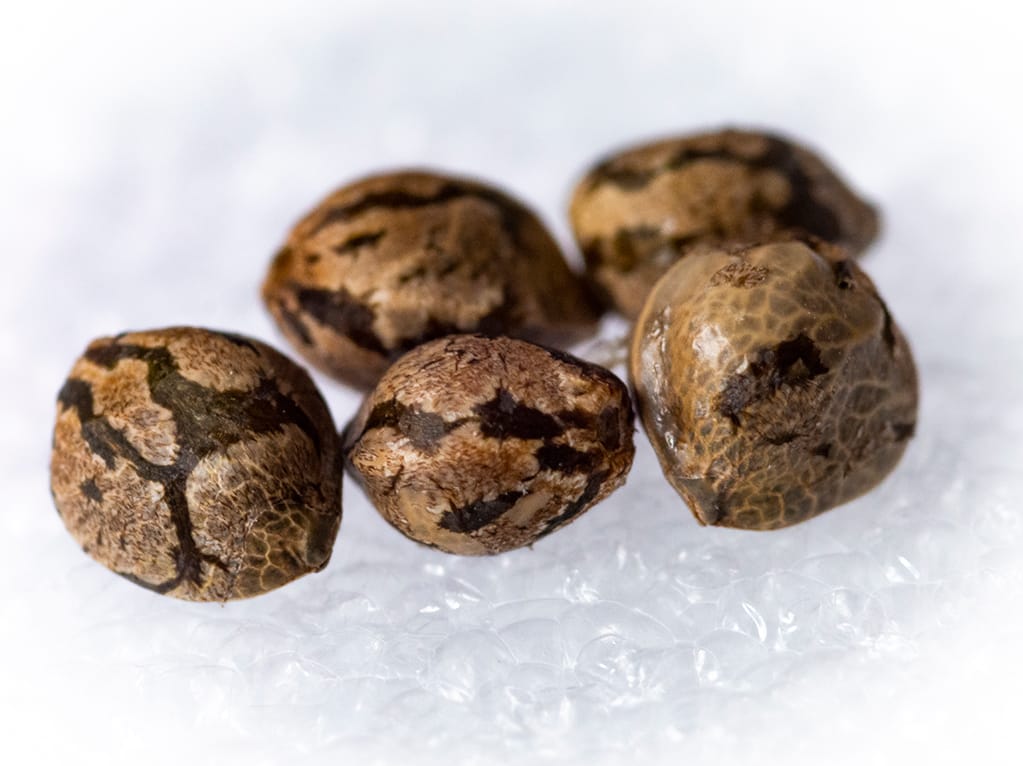
For those seeking Afghan hash plant seeds, it’s crucial to understand that these seeds are part of a living tradition. Afghan farmers rely on seeds that have been passed down through generations, preserving the genetic diversity of their landrace strains. These seeds produce plants with high resin content, making them ideal for hash production.
If you’re growing original Afghan landrace seeds, you’re not just cultivating a plant—you’re preserving a piece of history. To fully appreciate the beauty and importance of what you’re growing, “Afghanistan, Fortress of Cannabis“ is an invaluable resource. This photo book offers a rare glimpse into the world of Afghan cannabis culture, showcasing the people, landscapes, and techniques that have made Afghan hash legendary.
If you are looking for authentic Afghan landrace cannabis seeds I recommend to order seeds sold under a specific location name, often a city, village or region. If that name is associated to any funky word such as “kush” or “papaya” they are not original Afghan landrace seeds. The Real Seed Company and Baab Qo selection are two trusted source to find original Afghan landrace seeds.
Why “Afghanistan, Fortress of Cannabis” is a Must-Have
Whether you’re a grower, a cannabis enthusiast, or simply curious about Afghan culture, “Afghanistan, Fortress of Cannabis“ is a must-have. This stunning photo book takes you on a journey through the heart of Afghanistan’s cannabis heritage, offering insights into the landrace strains, traditional hash-making methods, and cultural significance of Afghan hash. As a special bonus, the book comes with a free ebook version translated into French, German, Italian, Spanish, and Portuguese, making it accessible to readers around the world.
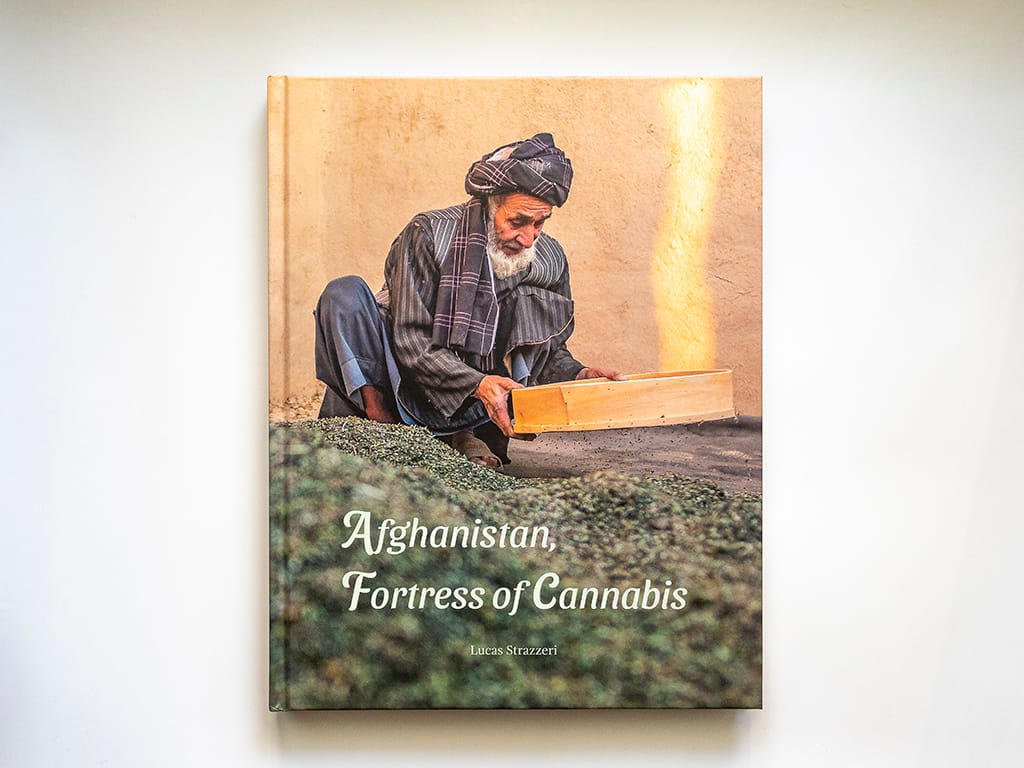
Order your copy today and immerse yourself in the world of Afghan hash—a tradition that continues to thrive in the rugged mountains of Afghanistan.

